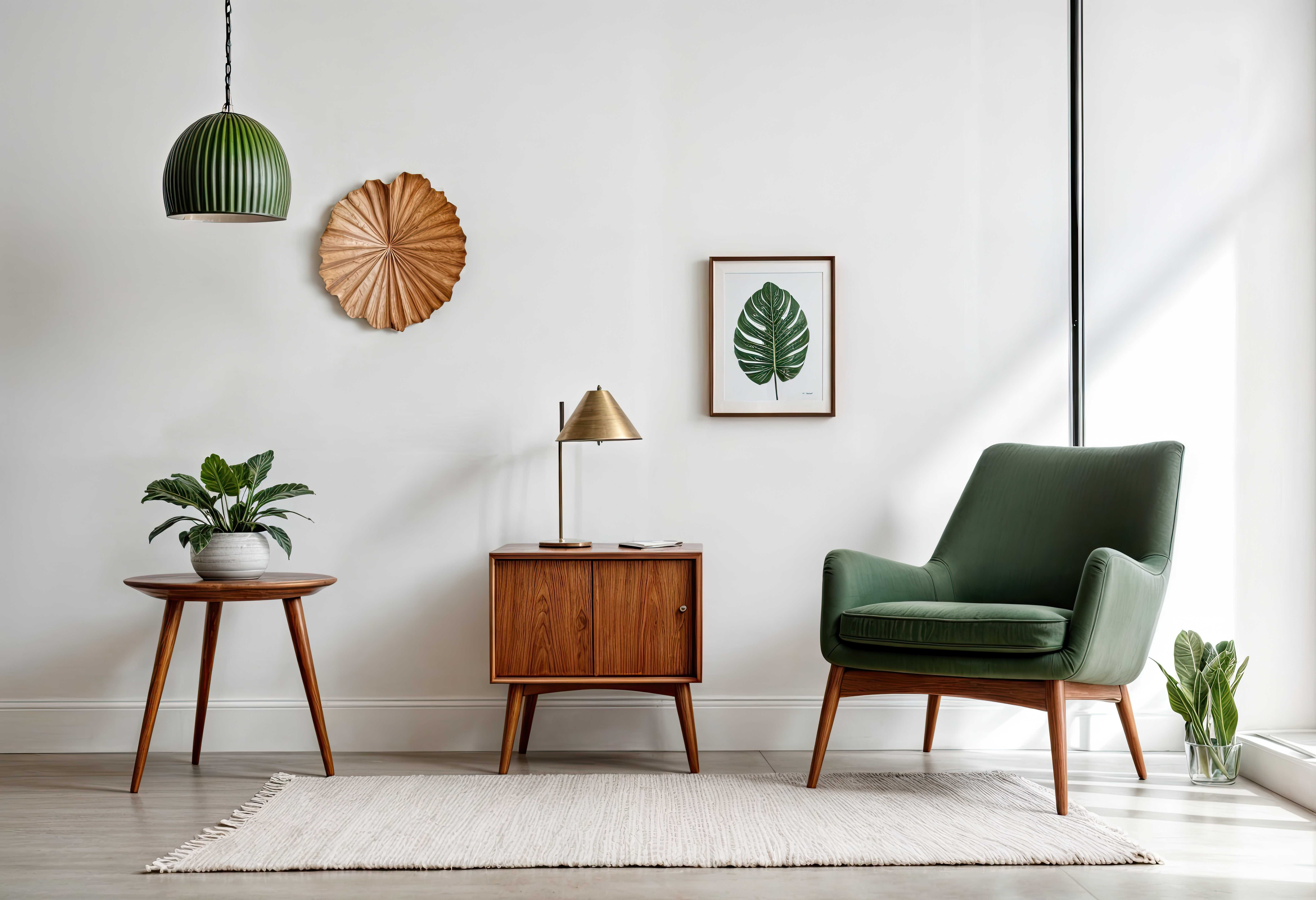

Sure, here's an example of how the article might look broken down into html format headings and paragraphs: ```html
Transformative design in home spaces is all about creating environments that not only reflect individual tastes and styles but also inspire and adapt to the changing needs of its inhabitants. It's a concept that merges functionality with innovation, providing solutions that can evolve as our lives do. In this article, we delve into the world of transformative design and explore how it can revolutionize the way we live.
One of the core principles of transformative design is making the most out of every square inch. Micro-living and tiny homes have sparked ingenious space-saving solutions, from fold-away desks to convertible furniture. These can help to declutter spaces and make smaller rooms feel larger and more versatile. Custom-built units and multipurpose furniture are the cornerstones of flexibility in compact homes.
Technology plays a crucial role in transformative home designs. With smart home systems at the forefront, homes can now adapt to our needs with the touch of a button or a single voice command. Automated lighting, heating, and even window treatments ensure that our home environments are always optimized for comfort and convenience.
Bringing elements of nature into the home is another transformative trend that promotes well-being. Natural light, indoor plants, and water features can improve air quality and create a sense of calm. Architectural designs that incorporate greenery, like living walls or herb gardens, make for not only stunning visual features but also functional components of a healthy home.
As our lives evolve, so should our living spaces. Rooms with adaptable furniture configurations that offer various functions are becoming increasingly popular. A bedroom that transforms into a home office, or a dining area that can convert into a gaming zone, reflects the versatile nature of transformative design.
Transformative home designs are not only about aesthetics and functionality but also sustainability. Incorporating energy-efficient appliances, solar panels, and materials with low environmental impact is key in creating homes that are not just for today but also for the future. Sustainable design minimizes the ecological footprint while saving homeowners on utility costs.
Embracing transformative design is about understanding the potential of our living spaces to grow and change with us. Whether it's through space-saving solutions, smart home technology, biophilic design, adaptable furniture, or sustainability, there are countless ways to create transformative homes that are as dynamic as their residents. As we look to the future, the promise of homes that adapt and thrive is no longer just a dream but an accessible reality.
```